Kuldiha - A Pictorial Journey to the unsung forest of Odisha
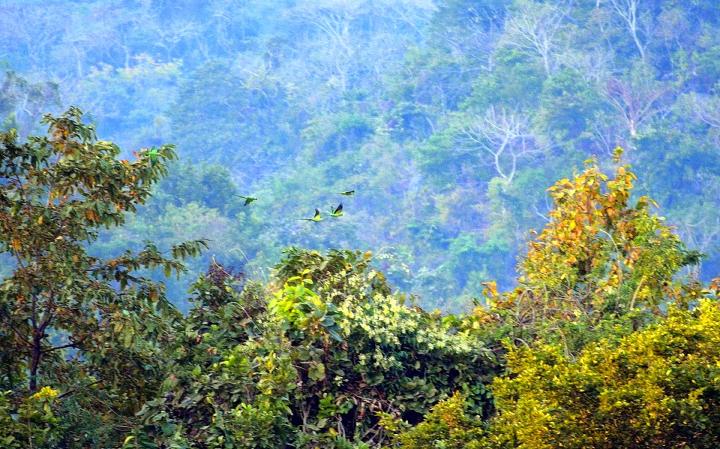
The forests of the region spread across the Nato hills and the Sukhupata hills merging with the Similipal National Park. Lesser known but one of the larger wildlife sanctuaries of Odisha, the Kuldiha WLS in Orissa spreads across an area of 272.75 square kilometers. The dense forests of the region are home to wild animals like the elephants, leopards, deer, bison and Malabar giant squirrels. The forest also houses a variety of birds. Some of them are like white-rumped shama, parrot, hornbills, and peafowl. The perennial streams that water the forests are home to a variety of reptiles. The government of the state of Orissa maintains the wildlife sanctuary which preserves the rare and endangered species of animals and plants.
The sanctuary is linked with Similipal through Sukhupada hills and Nato hill ranges. A trek is possible from Nilgiri amidst Kuldiha forests is enjoyable. There are two well maintained rest houses at Kuldiha and Jorachua. Jorachua is part of Kuldiha WLS having a higher altitude and having more diverse avifauna.
Planning a visit
ParagraphIn January 2014 I called up two of my close friends, Kaushik and Avisek and engaged them into a discussion for a feasibility study – whether we can make a joint travel at Kuldiha and Jorachua next month. A few peer groups had already visited the place and few of them were quite impressed with the abundance of wildlife over there. Ideally a group size of six would make good economic sense, and we had people ready to join in, but we decided to keep the gang small as mental wavelength is a pretty important factor while travelling in a group. We are generally apprehensive about a ‘tourist ‘somehow getting in and spoiling the ‘traveller' nature of our group.
So we organized everything with the local agent and booked the train tickets to Balasore. The agent will pick us up from Balasore and go to Kuldiha. So we started organizing our travel kit and photo gears. As the Forest Rest House (FRH) and the tents do not have electricity service and the entire place runs on solar power, we planned to take excess charged batteries for the cameras.
The journey
The train journey was uneventful, short and easy. An adda session within the train was a great time pass and we reached Balasore station around 10am. We called up Manoranjan Das our local agent cum guide and pleased to find him at Balasore station with a Bolero 4X4 SUV.
We reached the FRH in a journey which took one and half hour. Manoranjan treated us with Puri-Sabji and Chhana Poda ( A kind of roasted milk cake ) a local speciality. When we tried to offer money, he said that a breakfast is part of his package and we do not need to pay. The Bolero drove us to the gate of the WLS, where we found the small gate office is having an electric fencing, perhaps to drive away roaming elephants during night. We opted for a tent accommodation instead of the FRH bungalow. We found the tents to be locally designed and lots of ‘juggad’ here and there, but the entire accommodation including the outdoor toilets to be neat and clean.
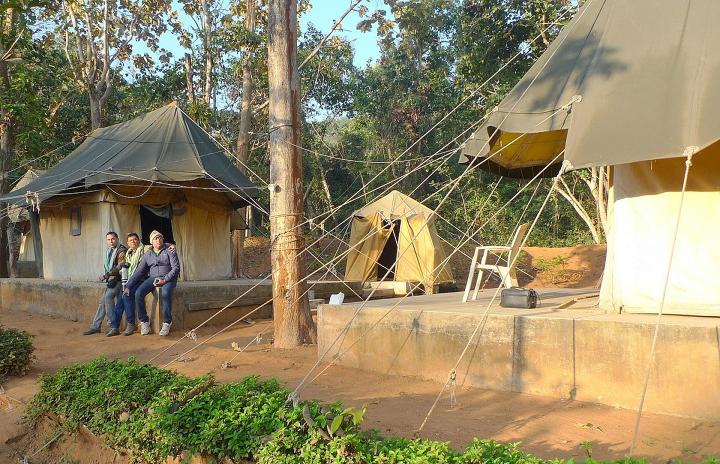
The night at Kuldiha
Kuldiha is a forest on an elevated platform. So the chill comes before evening and the visibility drops suddenly. Hence, a word of advice for the unsuspecting travellers – the drop in visibility in high altitude jungle is sudden and rapid. So, do return to where you belong, before the evening, else you may find yourself in trouble, especially if you are far away from your home co-ordinates.We put heavy woollens and gathered in the tent where Kaushik and Avisek are put up. I was staying alone in my tent. We started our evening chat with hot cups of tea and sizzling hot onion pakoras. Obliging true spirit of adda, our chat flew from one topic to another, which is as diverse from black holes to water of Scotland, from TED talks to northern lights!
The silence of Kuldiha will startle you. Is it zero decibel? Maybe not, but pretty close. Other than call of some distant Nightjars and crickets, it is flat...quiet. We never noticed when our chat stopped and we were drinking the pregnant silence like a thirsty soul. A dim 8 watt CFL powered by a small solar panel is allowing us to barely see each other’ s face.Suddenly we heard footsteps of humans, running towards us. We came out of our tent to see two forest guards along with our tour guide running at us, excited. They whispered, “Haati...haati aya, salt-lick par!” (Elephant, elephant has come to salt lick!). I grabbed a very high power LED flashlight having a range of 400 meters and decided to take only one camera with us. I preferred Kaushik’ s Nikon D7000 along with the 70-300VR lens for the occasion. We left behind our pro Canon gears and super telephotos. I am glad we did that. I have chosen D7000 for its extremely robust high ISO support and the 70-300VR can easily take huge dimension of an elephant from a distance.
Birding in afternoon (Day-1)
We went for our lunch a little late, as we needed time for the heavy breakfast to settle down alongside us at a new place. The lunch was warm and beautifully cooked. We had boiled rice, daal, aloo bhaja (crisp fried potatoes), a mixed vegetable curry and fish curry. We came prepared with the cameras and decided to take a look around the FRH campus. The FRH campus is reasonably large and a 10 feet ditch is dug around it’ s periphery so that it is not mobbed by elephant herds at night. The motorway is also a removable bridge which is taken up after 10 pm.
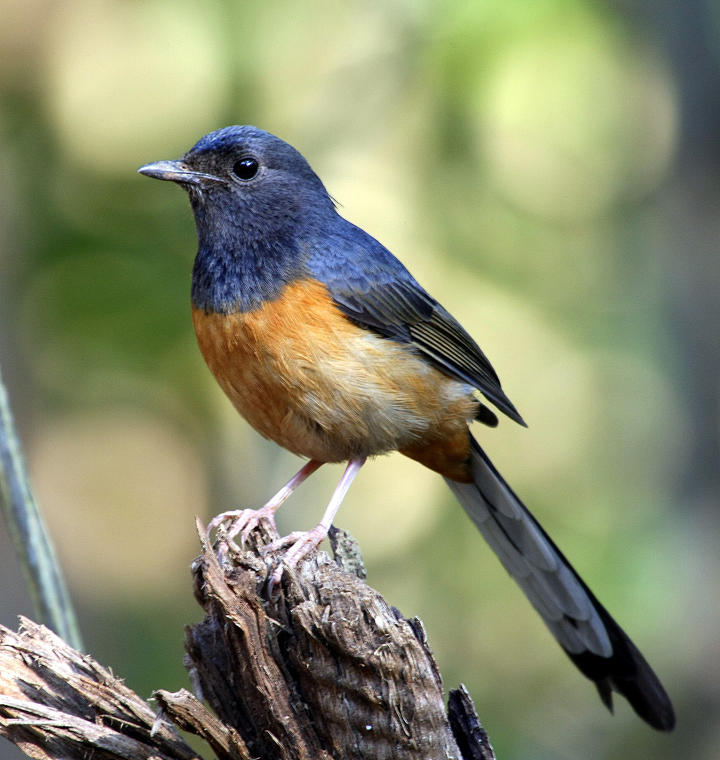
The tranquility of the place was mesmerizing, having spent my childhood years at similar place, I started feeling nostalgic. Memories of Baghmundi and Ayodhya Hills of Purulia started flocking my thoughts.
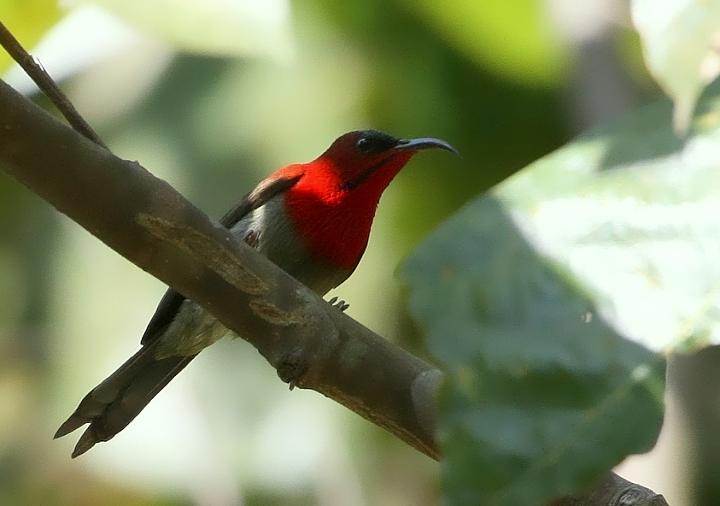
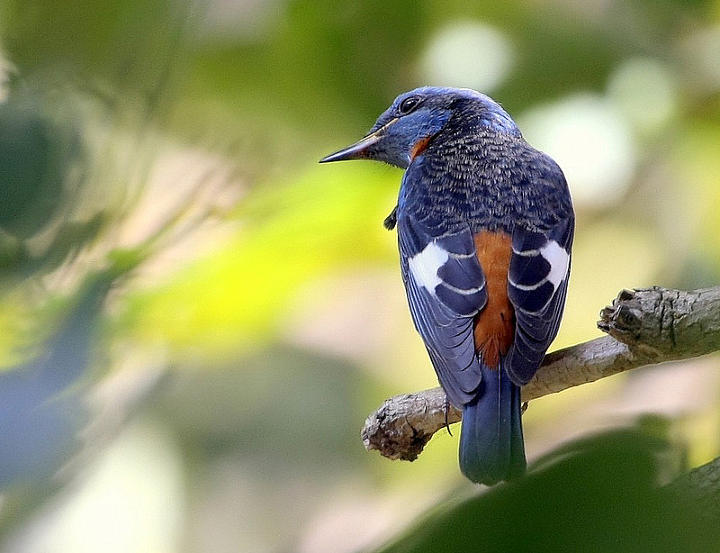
There was a large man-made salt-lick 200 meters away from the FRH campus. We were sternly cautioned by the forest guards not to venture there as any moment, wild animals, particularly elephant herds can show up. We were thrilled at the possibility of that! Daylight being abundant, we spotted a white-rumped shama (female) playing at the periphery of the FRH. Although a commoner at Kuldiha, it was a lifer for me. We took a couple of long distant shots and slowly approached the beautiful bird, which was playing and was flying from one perch to another. Luckily, all of us got some decent ground-level shot of the bird, which did not show us much of its caution.
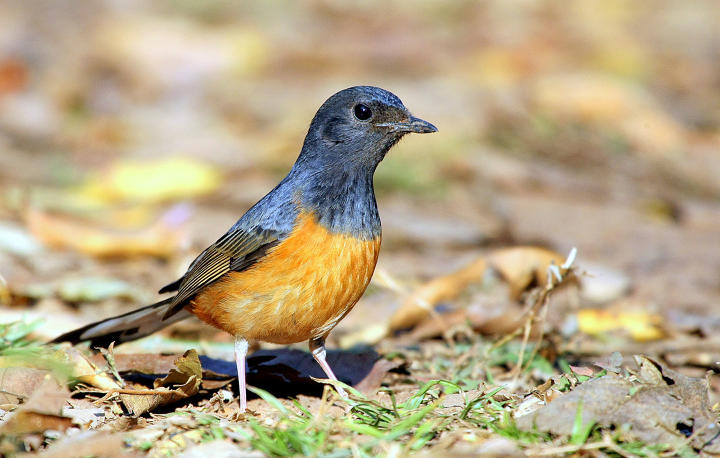
Birding in morning (Day-2)
We started early in the morning and got our breakfast packed. The destination was the FRH of Jurachua, a dense forest located at higher altitude that of Kuldiha. In my opinion, Jurachua is a richer birding area.
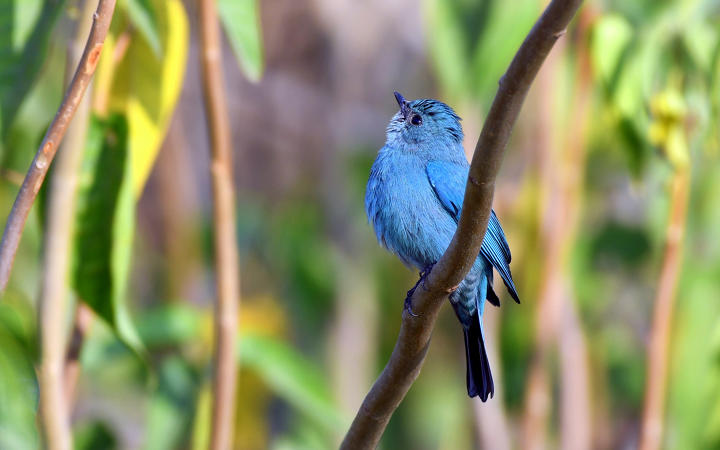
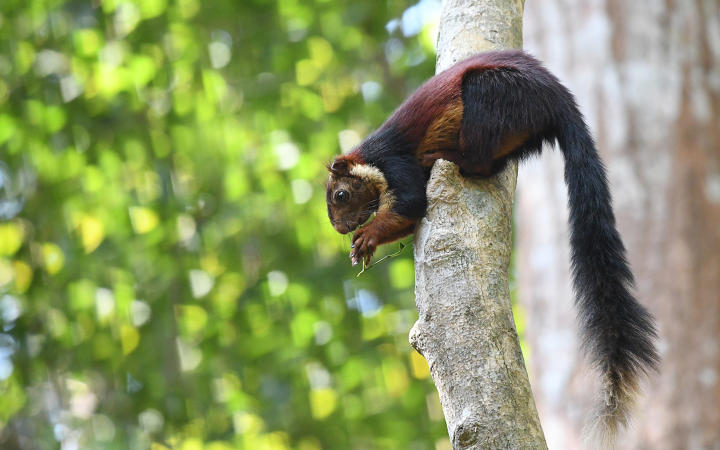
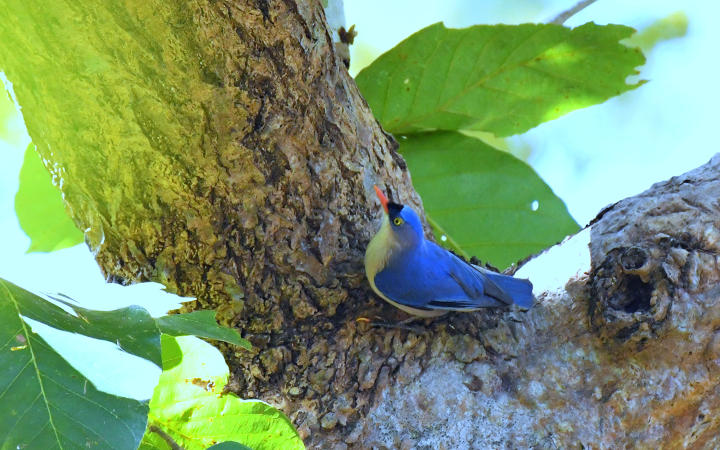
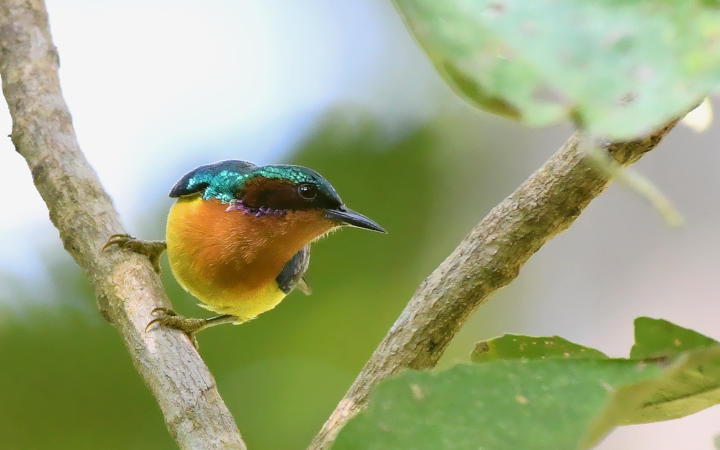
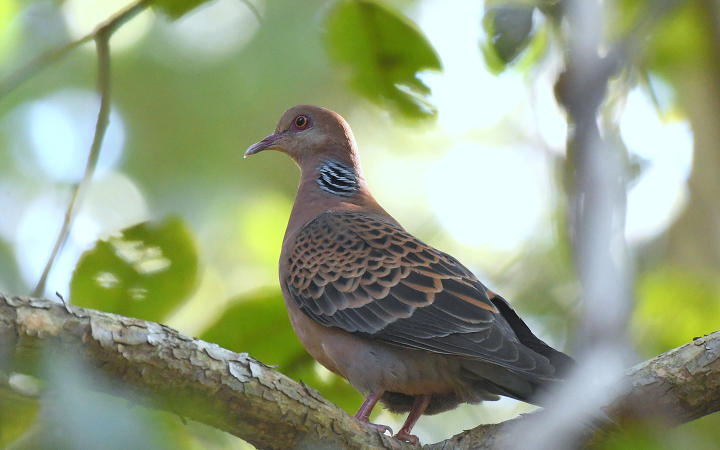
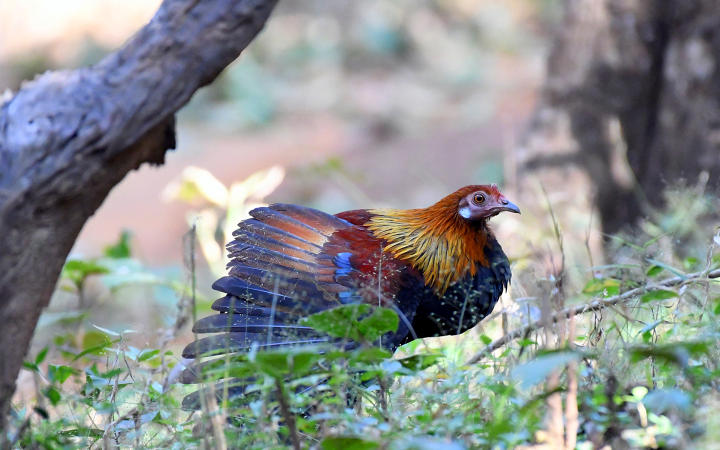
Afternoon (Day-2)
We continued our birding at Jorachua and after 3pm started descending towards Kuldiha. Made multiple pit stops in our way back and got decent spotting of the following birds.
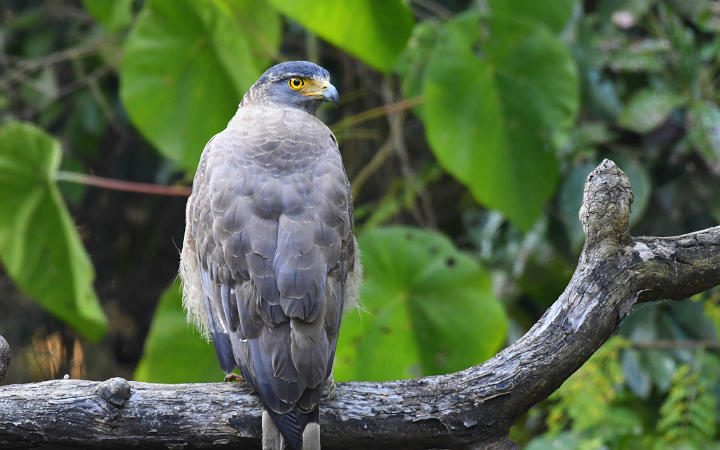
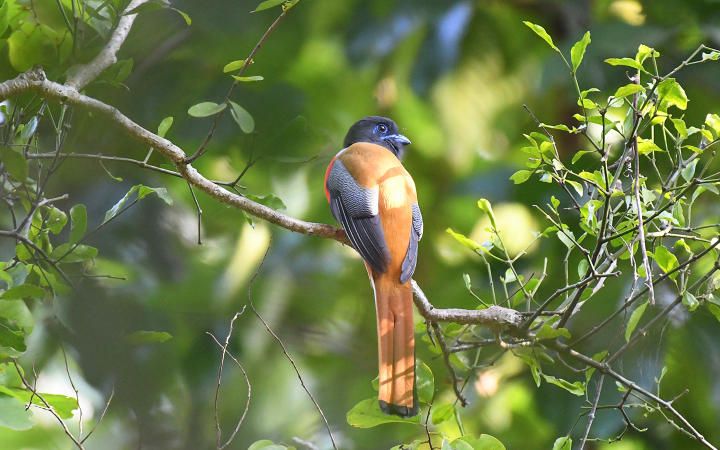
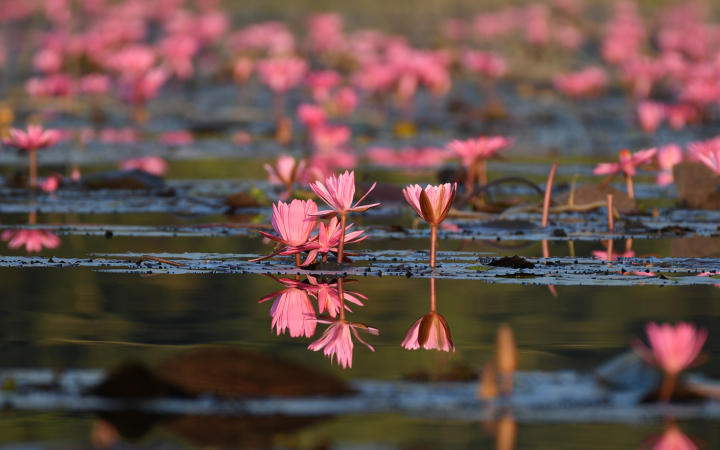
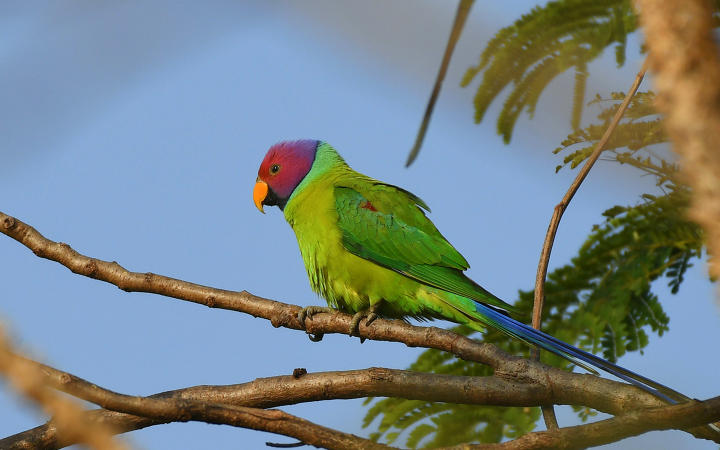
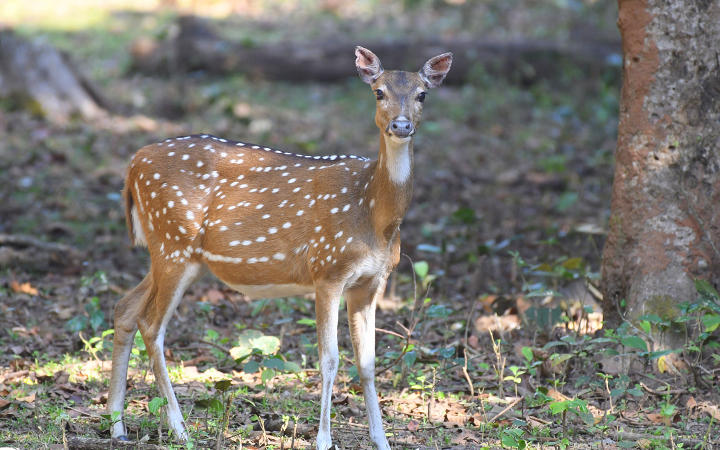

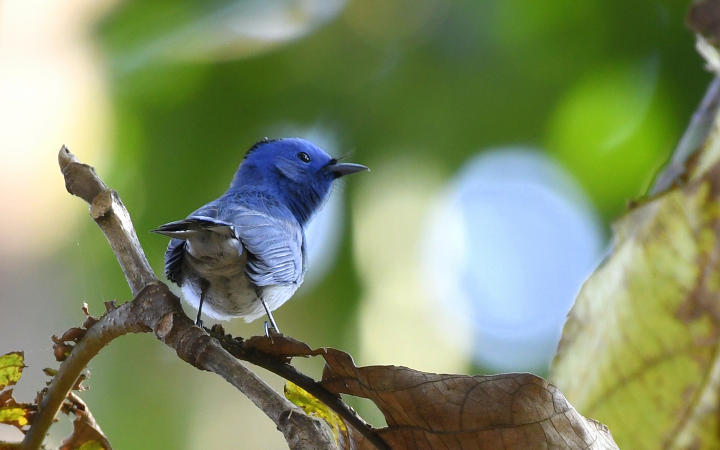
The return journey
Next day morning after a sumptuous breakfast at the camp, we headed for Balasore railway station. The return journey was spent mostly discussing the wonderful experience we had at Kuldiha.